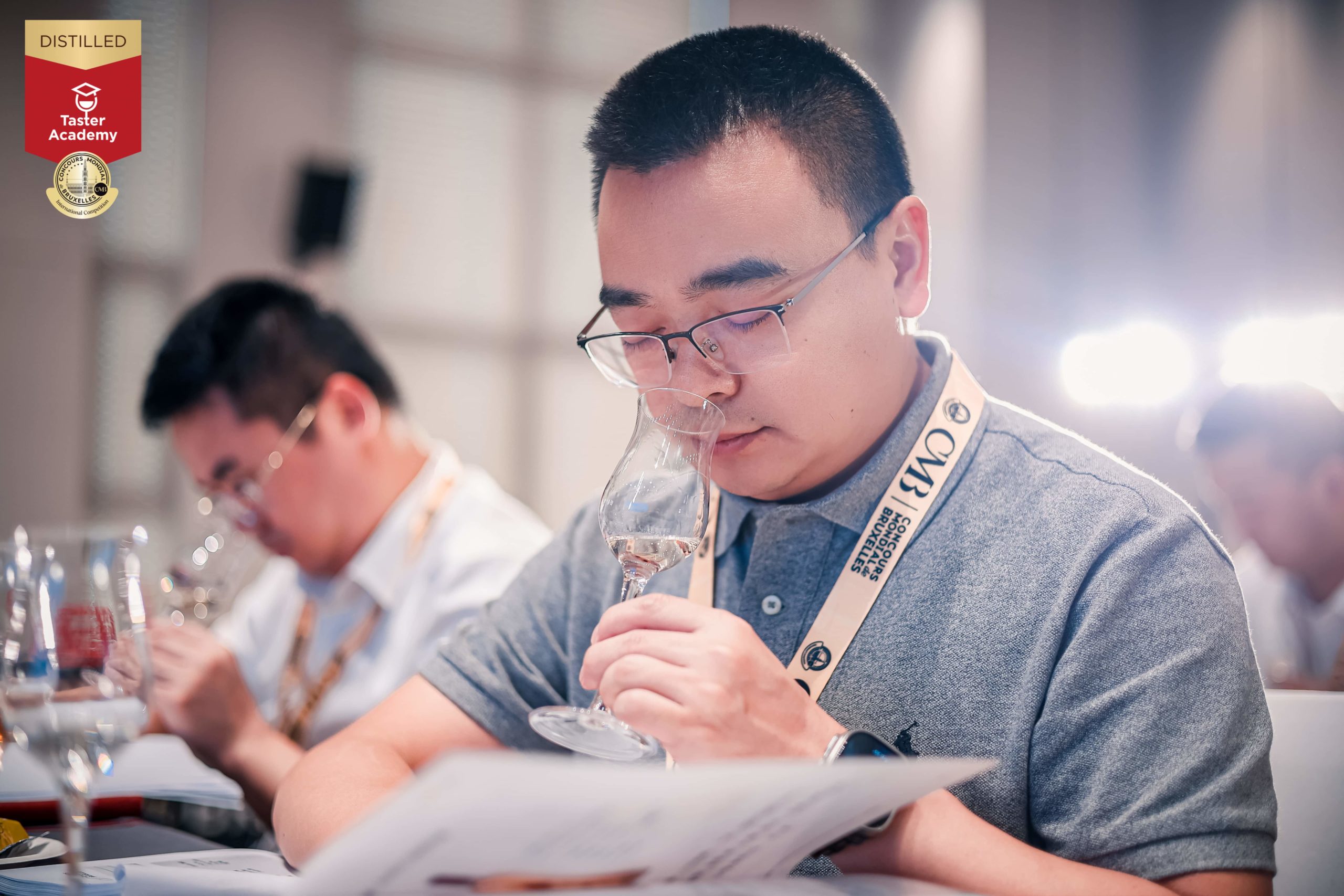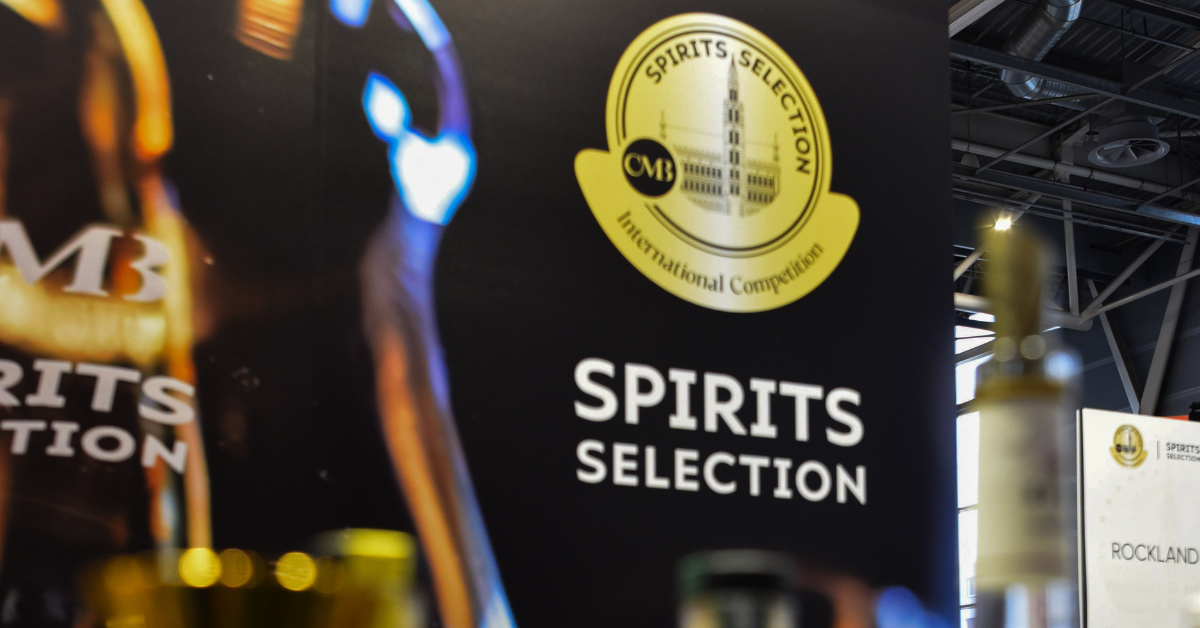Italian spirits and the modern bar – it’s amore!
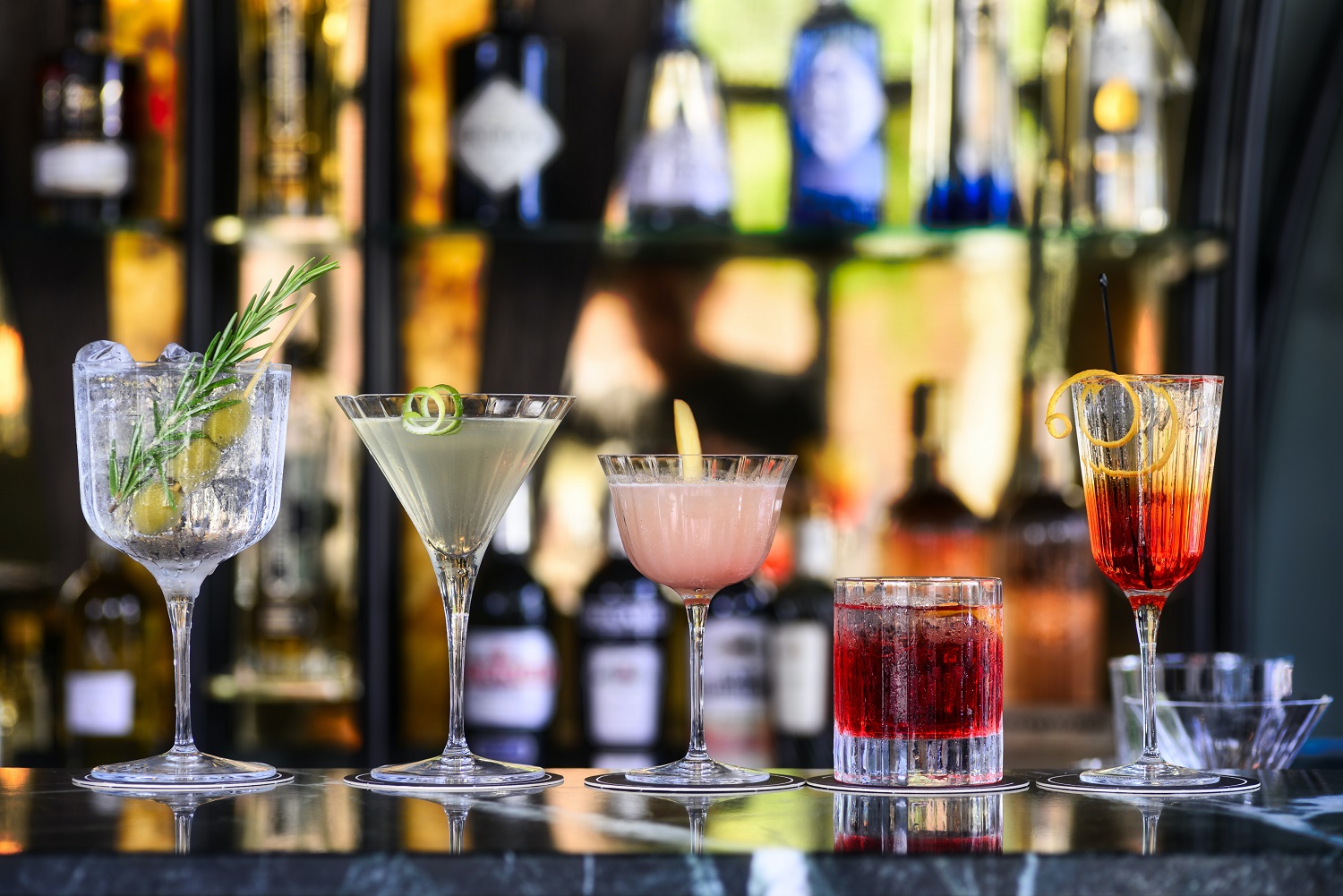
Italian spirits and wines have always been extremely important ingredients in cocktail recipes from past to present. Today’s spirits trends make this even more apparent. Join us on a short bar crawl together with grappa, vermouth, bitter liqueurs and quinquina!
There are many spirits categories all around the world where you don’t really have to explain how they are used in cocktails and mixed drinks. Rum? Bourbon? Gin? Some of the most iconic drinks of all time use those spirits, from Martini over Whiskey Sour to the Mai Tai and Daiquiri, everybody knows them, many bars offer them to the customer even if they are not directly on the drinks menu. On the other hand, there are some spirits that need a bit more explanation for their ideal usage apart from being sipped neat. Let’s look at some examples from renowned bartenders all around the world, from past to present, from classic to Tiki, and let their drinks take us on a journey through Italian spirit traditions.
Grappa, for example, is a very traditional pomace brandy with its own history and regulations, but if you have a bottle of it at home and try to find a nice cocktail recipe on the internet which showcases the spirit, you have to invest much more time. Is it the strong aromatic character of Grappa, or its relative rarity in the backbars of the world, that make it a seldom ingredient in cocktail recipes? Well, at least the first issue is nowadays not a hindrance anymore, as more and more mixologists and customers alike are actually desperately looking for strong, characterful, and especially unspent spirits to be used in modern drinks. Everybody knows a Manhattan, you can’t surprise anyone with it anymore. Is that true? No. Take the Grappa Manhattan – it shows that by cleverly replacing the well-known ingredient by a rare ingredient, the whole experience changes. Rye Whiskey and Grappa share enough traits to allow for such an experiment, but are quite distinct from the aroma perspective. So, this drink still feels like a Manhattan, but it has its own identity, and one which is not easy to grasp by consumers not familiar with Grappa, making it a deep experience people will talk about: Grassy yet sweet, strong yet well-integrated, fascinating yet easy-to-drink. Grappa is a perfect ingredient for such attempts to make your cocktail special and unique.
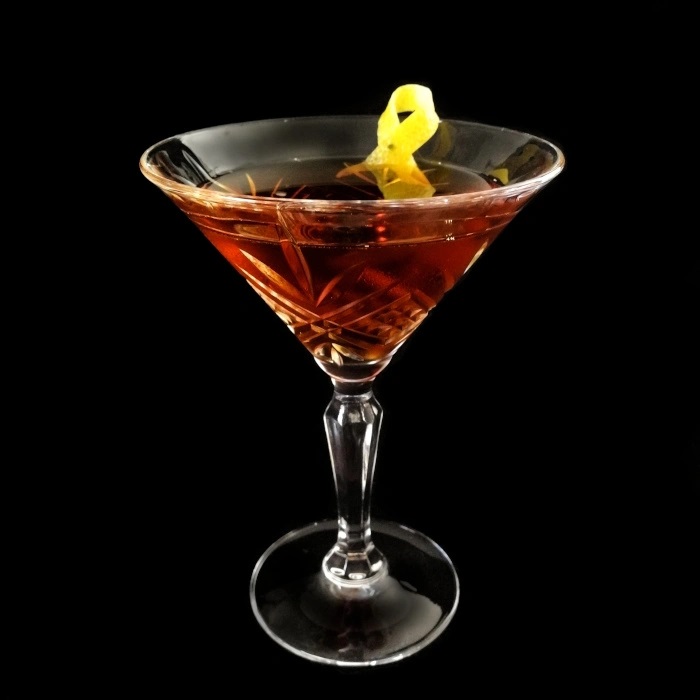
Grappa Manhattan
2oz / 60ml aged Grappa
⅔oz / 20ml sweet, red vermouth
3 dashes Angostura Bitters
1 dash Maraschino liqueur
Add ice to a stirring glass, stir well, and strain into a chilled glass.
[Recipe by Ulric Nijs]
While Grappa may be a rare guest in cocktail bars, the typical Italian bitter liqueurs are an essential cornerstone of modern cocktail culture. A bar without Campari? Unthinkable. Whole European cities live on the Aperol Spritz in spring and summer. Especially in the US, a real Amaro craze has started, with new American producers of the liqueurs popping up daily. Still, most of the acclaim of course goes to the traditional products of Italy, that are nowadays readily available in most countries in many shapes, forms and levels of quality. This category is highly variable, you can get everything from very sweet, dark and viscous, over very bitter, spicy and fruity ones up to light, fresh and elegant products. And maybe all of them in one, even. Amaro, Fernet, Carciofo, Rabarbaro, Bitter – for the sake of simplicity, we put all those distinctive product subcategories into one group, but maybe this doesn’t really live up to the different traditions in which those spirits became famous. Still, any of them provide body, sweetness, bitterness and spiciness to your drink, to a point where even highly aromatic other ingredients, such as rhum agricole, have to stretch themselves in order not to be overpowered by the pure strength of an Amaro – to be witnessed in Tropic of Cancer, a modern Tiki drink.
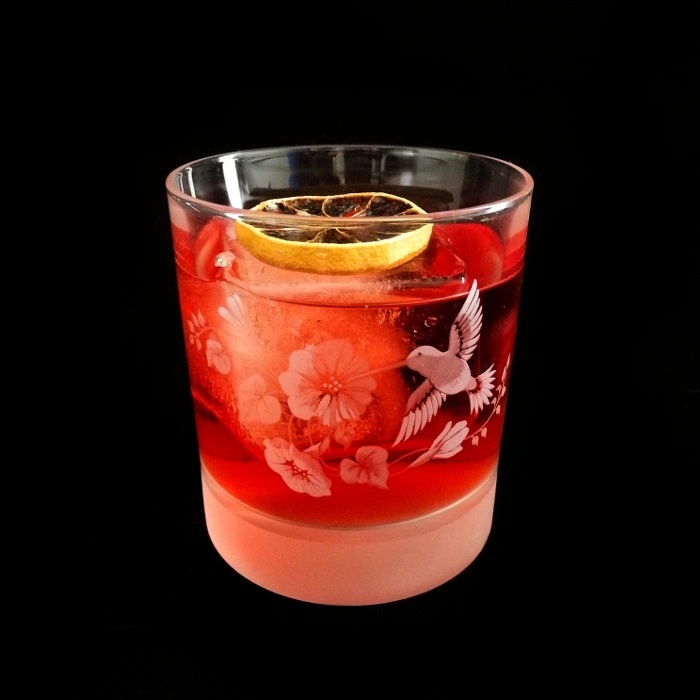
Tropic of Cancer
1½ oz / 45ml unaged rhum agricole
1 oz / 30ml Campari
½ oz / 15ml Passion fruit liqueur
1 pinch of salt
Stir on ice. Strain into a chilled rocks glass.
[Recipe by Chad Austin]
The classic Italian cocktail ingredient, though, is and has always been the vermouth. Jerry Thomas, the godfather of American cocktail culture, used these aromatized wines extensively already in the 19th century, and if you ask people around the globe for the names of classic drinks, at least one of those will contain vermouth, be it the Martini (using dry, white vermouth) or the Manhattan (using sweet, red vermouth). These are also the variables to define the basic categories: red or white, sweet or dry – in many combinations. This versatility and range, of course, is the strong point of a vermouth; additionally, for a mixologist a vermouth can provide both herbal aroma and full body, while still somehow keeping in the background, an underlying canvas on which other components can paint. Its lower ABV makes vermouth the hidden star of many modern, light drinks: Low-ABV as a trend has been picked up readily by bars and consumers alike. We have already mentioned the most famous vermouth cocktails, so let’s put a lesser known one into the spotlight here – the Torino Smash is a fresh drink, light, yet highly aromatic, and the name already hints at who the main protagonist is!
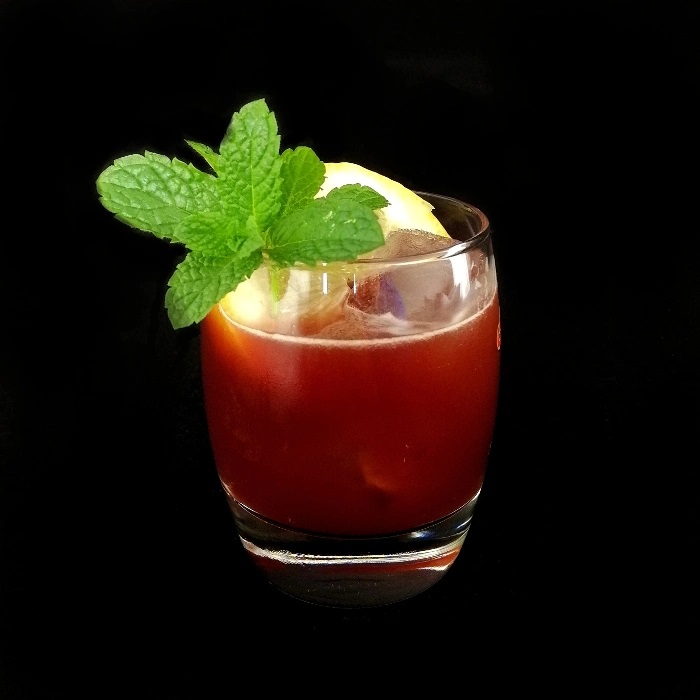
Torino Smash
½ of a lemon and a few mint leaves, muddled together in the shaker
60ml sweet, red vermouth
10ml simple syrup
Shake with ice, double strain on fresh ice.
[Recipe by Mario Zils]
Related to vermouth, but not quite the same, is the group of aromatized wines called Quinquina, sometimes also referred to as China or Kina. While for vermouths the main aromatic ingredient is wormwood, for Quinquinas cinchona bark is used, which makes the wine a bit more bitter and unique. The most famous Quinquina probably was Kina Lillet, one of the ingredients in James Bond’s favorite cocktail, the Vesper. Their bitterness was their problem in the past few decades, in which a cocktail had to be sweet and unobtrusive – but the times have changed, and bitterness is now again a well-received component in modern drink culture. For many bars, the distinction between vermouth and Quinquina is muddy, one often replaces the other without notice – which is understandable, as you also have to keep in mind the short shelf life of these kinds of wines after the bottles have been opened and many bars won’t afford to have to somewhat similar products at the same time. Which is a pity, as Quinquina brings a very unique kind of bitterness into a drink that can’t be reproduced by vermouth. This has already been known in 1936 by Italian bartender Elveio Grassi, in his Grassoide Ferro Cocktail he clearly saw the need for the cinchona-derived, specific taste of a Quinquina in contrast to vermouth.
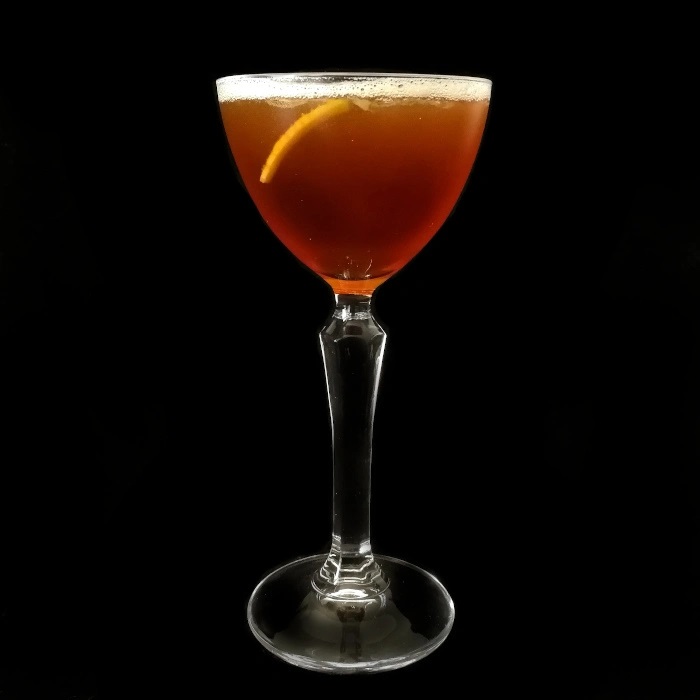
Grassoide Ferro Cocktail
⅔oz / 20ml Dry Gin
1oz / 30ml Quinquina
1⅓oz / 40ml white, sweet vermouth
3 drops Angostura Bitters
Add ice, shake well. Strain into a chilled cocktail coupe.
[Recipe by Elveio Grassi]
Of course, you can go all-in, and try to incorporate multiple kinds of Italian spirits into a single drink. Vermouth and Amaro are a natural match in many, many recipes already, but for the sake of fun let’s have a look at the Commedia All’italiana, which covers the whole spirits landscape of Italy, and sports a fitting name. Two types of bitter liqueur, grappa, vermouth, and even something we haven’t mentioned here yet, but is also an Italian cocktail mainstay: cherry-based Maraschino liqueur – with this lush drink we conclude this small series on this wide range of core Italian ingredients!
Helmut Schlimmerdurst
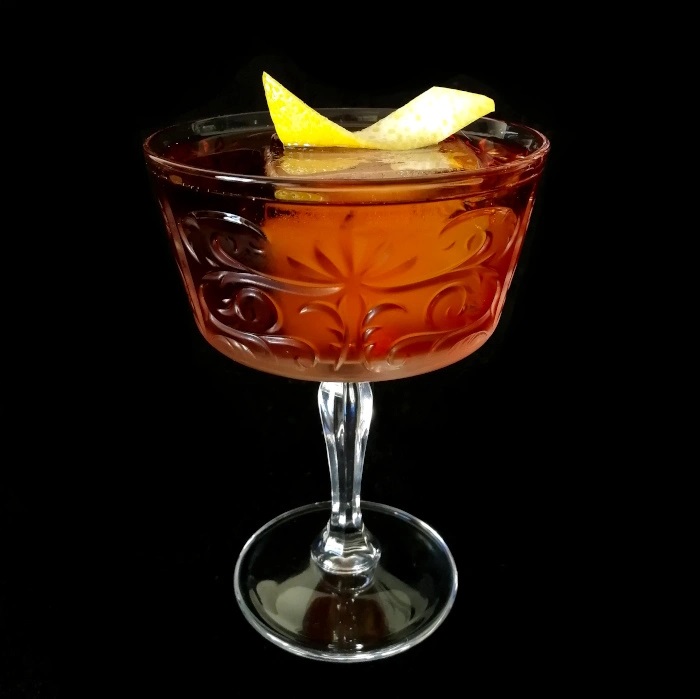
Commedia All’italiana
25ml Italian bitter liqueur
25ml sweet vermouth
25ml Aperol
15ml unaged Grappa
15ml Maraschino liqueur
Stir with ice. Strain on fresh ice.
[Recipe by Seba Atienza]

